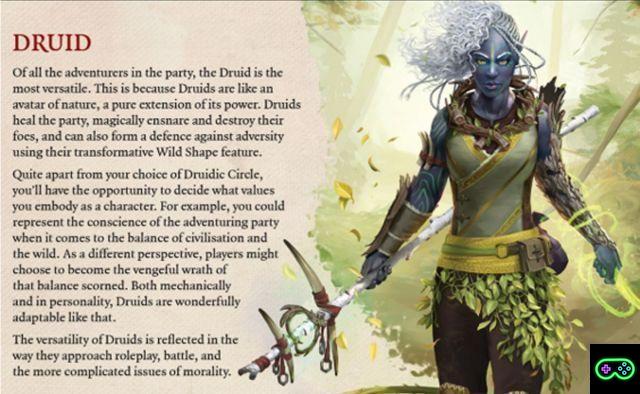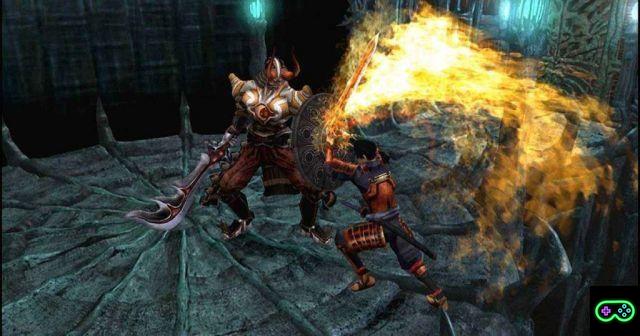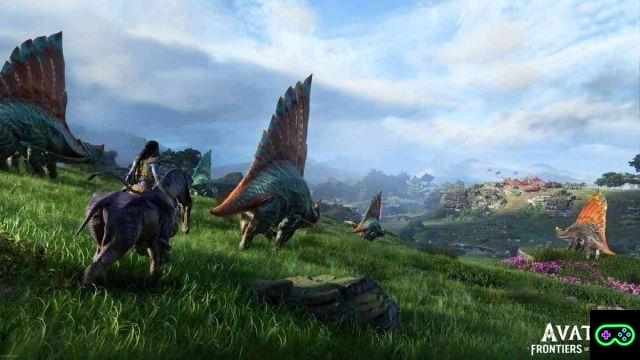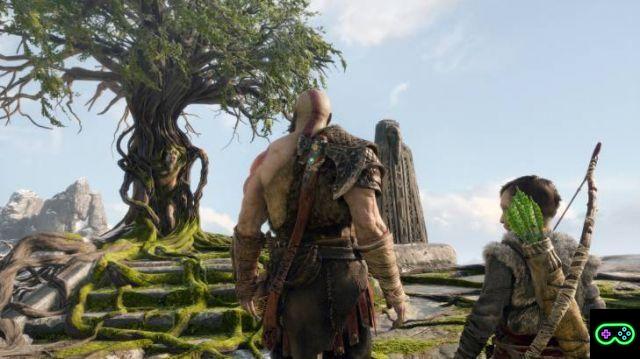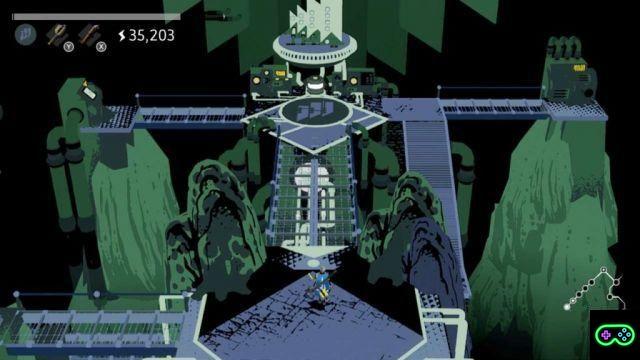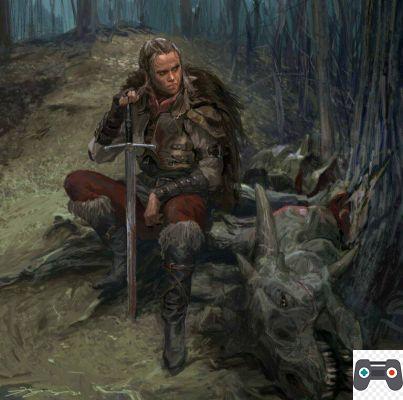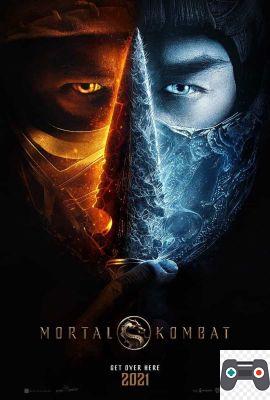With Age of Empires: strategy and evolution our weekly column continues # fridaynostalgia dedicated to retrogaming. Here is our story of one of the most popular real-time strategy games ever.
If you missed the previous articles dedicated to the retrogaming you can easily find them all at this link. You will find Final Fantasy, Resident Evil, Silent Hill, Winning Eleven and many other goodies collected just for you!
Age of Empires: strategy and evolutionLet's face it, study history at school, it was always a bore. Prehistory, Stone Age, Bronze Age, Iron Age, battles, dynasties, houses, dates. Older professors of the historical periods that they were telling us about. Then, one fine day of 1997 everything has changed. The story suddenly became one of the funniest and most exciting things ever. The merit? In a large part of that masterpiece called "Age of Empires"Or the most famous strategic in real time with historical background of all times. The secrets of success? Soon said: the union of more or less famous settings, well-defined periods and solid gameplay like the walls of a castle.
What is one strategic in real time? For those who in the last thirty years had lived on the island of Lost, or in an alternative reality where microchip technology has never developed and computers work with valves and perforated cards and therefore there are no video games, a strategic one in time real is a type of game in which the action is not divided into "shifts”But it takes place freely and consists in the recovery of resources that allow us to build a certain number of units (which we manage in their entirety) to triumph over one or more opponents.
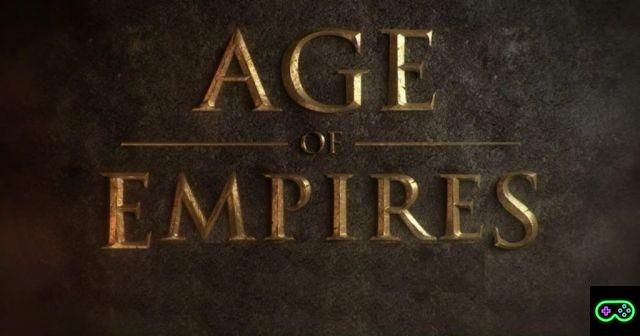
Evolution in one click
The idea behind Age of Empires was to combine these successful mechanics, already made famous at the time by games like Dune 2 o Warcraft, to historical settings, giving life to a long-lived saga like mankind. The first AoE started in the Stone Age period, going through the Classical Age up to the Iron Age, trying to impose its own commercial and military domination. You could compete against the computer, or on the network against human opponents. The modalities ranged from the classic ones campaigns, that is a series of scenarios specially created to retrace some fundamental stages of human evolution, to the classics skirmishes, that is, battles limited to a single scenario.
The famous campaign of the first Age of Empires began with therise of Egyptian civilization, in what was in effect a tutorial to learn the basics of the game such as hunting, fishing, agriculture, combat, trade. We then moved on to glory of Greece, from the foundation of Athens to the conquest of Persia by Alexander the Great. Then there were the voices of Babylon, with the evolution of the Babylonian civilization, from the first skirmishes with Akkadians and Elamites up to the destruction of Nineveh. Finally, the part dedicated to Yamato and the Empire of the Rising Sun, with the affirmation of the Yamato and the struggles with rival clans until the conquest of Kyushu.
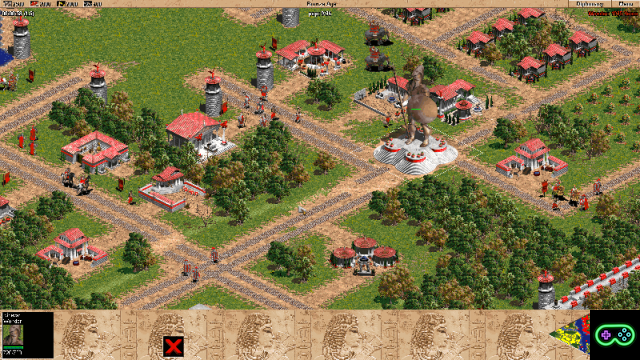
The management of an empire
Going into the merits of the game and its mechanics, each game was characterized by one map (or scenery) within which there were natural elements such as coasts, mountains, rivers, lakes, forests, mines. Our settlement developed on a predefined point on the map and it would be up to us to decide how to develop it. Anything unknown on the map was obscured on the map itself, and could be discovered by sending gods Esploratori in advance. Somewhere, our opponent was starting in a situation that was the mirror of ours. In this sense, the research and collection of raw material to be able to spend to create new units or buildings.
The other two fundamental aspects of Age of Empires were the search for new tech and the use of the diplomacy. In fact, the buildings could be evolved and strengthened, advancing our people towards a new phase of their evolution. This mechanism was fundamental to obtaining dominance over rivals. Being able to reach the next human stages first was the key to unlocking new units and to establish itself militarily and economically. Obviously diplomacy was also absolutely essential, carefully choosing allies and enemies was the basis of success or defeat in a given scenario.
Of course, there was no shortage of imperfections or moments of frustration. The management of production queues was apparently revisable, and our subordinates, at times, used to make quite bizarre choices, especially when it came to going to find resources, ignoring comfortable direct passages and making senseless turns that often led them to die under the guard towers of the our rivals. Small flaws aside, the gameplay of the first AoE was already very solid and able to give an exciting and demanding experience.
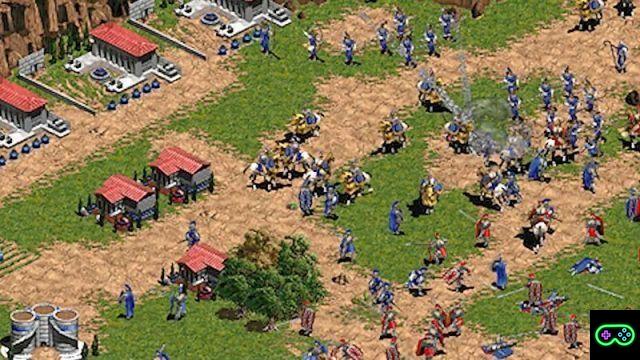
The expansion dedicated to the Romans
The game was so successful that a first expansion dedicated to the ancient Romans was soon developed. Age of Empires: The Rise of Rome introduced in the original game four new civilizations, five new units, four technologies and the four campaigns that cover the period from the birth of the power of Rome to the splendor of the imperial age. With Rise of Rome it was finally possible to create queues in the production of units of different types, ballistics was introduced, with light and heavy catapults and many other innovations.
The new campaign traced the history of the Roman Empire. The first campaign was the rise of Rome, in command of the Roman army during the wars of the Republic: Samnite wars, Pyrrhic wars, Punic wars and Mithridatic wars. He passed himself by the advent of Caesar, with the victories against the pirates, the conquest of Gaul and up to the Roman Civil War of 49 BC against Pompey the Great. It was then the turn of the famous one Pax Romana which followed the whole imperial period with the end of the Civil War between Ottaviano e Marco Antonio, the year of the four emperors and the struggles against the invaders of the Empire such as the Sassanids and the Huns.
Then there was a fourth campaign called: The enemies of Rome. This campaign retraced the greatest battles of Rome against its enemies, from the crossing of the Alps of Hannibal, to the Third Macedonian War, from the Spartacus revolt to the war of Odenato against the Sassanids. In this mode it was possible to play against the Romans themselves, for example by controlling the Carthaginians in the crossing of the Alps.
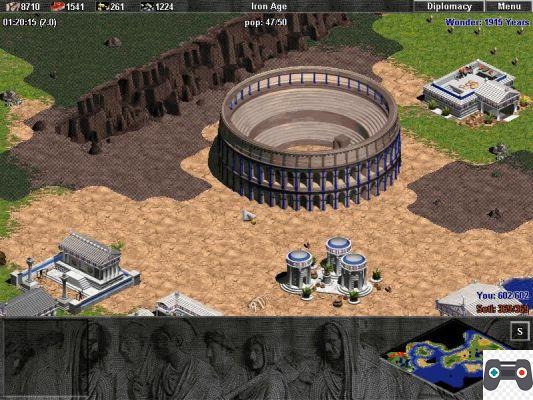
Some curiosities
The main person responsible for the original Age of Empires was Rick Goodman, assisted by Bruce Shelley, as well as from Tom Goodman, assigned to all the artistic part. Dave Pottinger, on the other hand, took care of the artificial intelligence and while the original music was composed by Stephen Rippy with the help of David Rippy and Kevin McMullan. All the passages of AoE were the result of long research on the cultural habits and customs of the epochs and populations treated. With this in mind, he chose to use only the musical instruments originals of the various eras covered, giving realism and identification in the music.
Age of Empires, to this day, is still a very solid game, as evidenced by the publication of a Definitve Edition more than twenty years after the original. Having introduced historical scenarios faithful to reality was the key to the success of a product able to break away from a competition anchored in fantasy or science fiction worlds, able, over the years, to give life to a series of the most iconic of the history of video games.
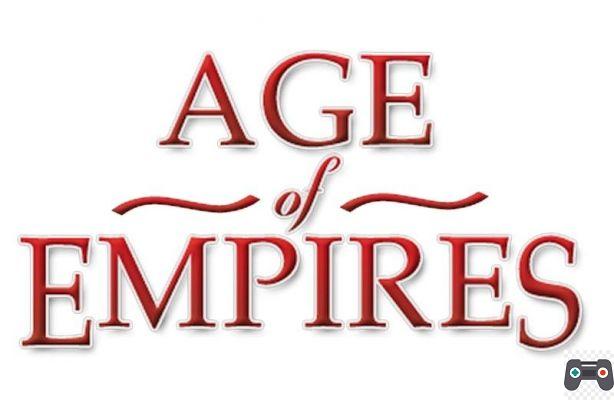





![[The Bear's Lair] God of War: Betrayal and Greek mythology](/images/posts/17432d3b12ecfec44b0b855d20c7520f-0.jpg)



